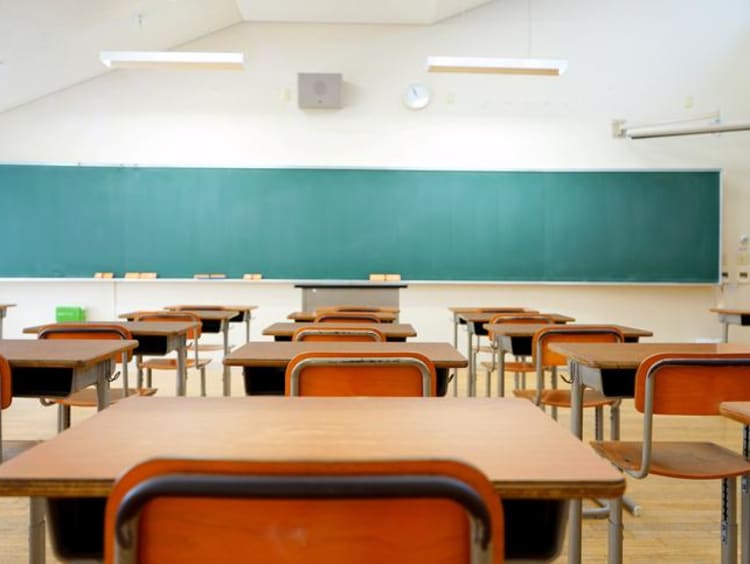The Flipped Classroom
By Ilse Kremer, MA, MS
Faculty, College of Science, Engineering and Technology

Introductory Anatomy and Physiology, affectionately known as “A & P,” is rumored to be one of the toughest classes on Grand Canyon University’s campus. I’ve taught this course for over 15 years and in that time, I’ve seen two types of students: those who are actively engaged in class and interact with the material by taking notes and asking questions and those who are just there to collect attendance or participation points. Most of the time, the latter type of student is only halfway listening to a lecture, spending time on Facebook or Twitter, or doing homework for another class. Invariably, the students who pay attention are the ones who score higher on exams and get better grades in the class overall.
As a matter of course, I’ve decided to “flip” some of my class content. The flipped classroom idea is not new. Su et al (2016) have recently shown that it not only improves learning and grades, but it also leaves students with a more positive impression of the course and its value.
The flipped approach requires that the students read and comprehend the content from the textbook, at home, while in-class time is used for more in-depth discussion, exercises or additional explorations. This allows the students to explore the topic more in-depth and gives them a chance to ask detailed questions and receive personalized help with the content, from the teacher, during class time.
In my A & P class, we color and label diagrams, create student-led lessons, organize mind maps, record videos to upload for each other’s learning, build models out of marshmallows and share presentations. There is no time to spend dreaming or being off-task because every student gets pulled in with their peers and groups and they have no choice but to participate. It also makes lecture time go by a lot faster!
It’s not an approach that works for every student. When this approach fails, it is most often because the student didn’t do the background work that was required at home. It’s impossible to gain an in-depth understanding of a topic when the background has not been laid down first. Semester after semester, I get feedback from students who tell me that they really appreciate the flipped format and that they have learned more this way than they ever thought they would.
So, what is the take-home message from this type of experience? Listening to a lecture really is just the tip of the learning iceberg. As a student, you have to interact with the material to really understand and retain it. This involves reading, re-reading, underlining, summarizing, taking notes and asking questions. This is not just important to do well in a flipped classroom – in fact, I would argue that it is even more important in a traditional classroom.
If you find yourself sitting through a boring class lecture that does not capture your interest, rest assured that you are likely to retain less than 5% of what was said, especially long-term. To really internalize the material, the groundwork is laid at home during study time. In the case of college science classes, the old saying “90% of success is showing up” just does not hold water. It should be changed to “success begins with showing up and then taking home and working on what you learned when you showed up.”
Grand Canyon University helps students prepare for success outside of the classroom by offering them hands-on and real-world experiences. Learn more by visiting our website or contacting us today using the Request More Information button at the top of the page.
Reference:
- Su, J.J., Gonzalez-Gomez, D. & Canada, F. (2016). Perceptions and emotions toward learning in a flipped general science classroom. Journal of Science Education and Technology, 25(5), 747-758.
The views and opinions expressed in this article are those of the author’s and do not necessarily reflect the official policy or position of Grand Canyon University. Any sources cited were accurate as of the publish date.


